I don’t know about you, but I often find pruning to be a bit of a mystery. Cut the old wood stems. Don’t cut the old wood stems. Geez! Can we get some simple rules about this very necessary lawn and garden chore? I do most of the pruning at our house and I really wanted to make sure I was doing it right so I did a little research which I’m happy to pass along to you! Here are a few guidelines to follow to make sure you prune properly.
1. Timing Is Everything. The single most important thing you need to know about pruning is when you should do it. If you prune at the wrong time, you will remove flowering stems and have to wait another whole year before you see flowers on that plant. As a general rule, plants that flower on the current season’s growth (blooming during or after midsummer) are pruned in late winter or very early spring. Plants that flower on the past season’s growth (blooming from spring to early summer) are pruned immediately after they finish flowering.
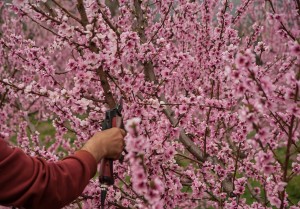
2. Pruning Deciduous Shrubs. Regular pruning of deciduous shrubs keeps an open, balanced framework of healthy stems. If left unpruned, shrubs will not only look messy and unattractive; they will also not flower properly. Shrubs flower most freely on young, hardened wood. As wood gets older, its flowering potential decreases, so it’s best to remove old wood stems to make room for younger, stronger, flower-generating growth. Other shrubs bear “cane-like” stems from the base and flower at or near their tips. In this case, you need to remove at least some of the “old canes” every year to keep the plant healthy.
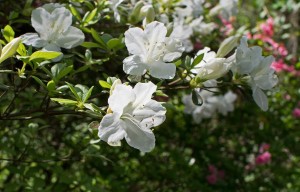
3. Pruning Evergreen Shrubs. Generally speaking, evergreens need minimal pruning (hurrah!) apart from the routine removal of dead, diseased or damaged growth. Overlong or badly placed shoots that spoil the symmetry of the plant can be trimmed back and thinned out. Evergreens tolerate “hard pruning” and come back more vigorous than ever. The best time to prune evergreens is mid to late spring when all danger of frost has passed.
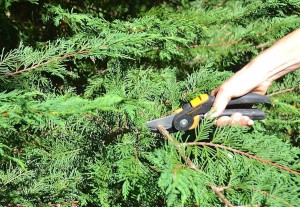
4. How To Rejuvenate Old Shrubs. If you move into a home where you inherit neglected and overgrown shrubs, you can give them a new lease on life. When I bought my home there were several incredibly overgrown shrubs languishing on the side of the house. I had no idea what they were and I mostly pruned them simply to “shape them up” and get them back under control. Imagine my delight when, a year later, they bloomed profusely — several long neglected dwarf “Miss Kim” lilacs, brought back to life with a bit of careful pruning! Some horticulturists advise pruning old, neglected shrubs in “stages” for two to three season, others say: “go for hard pruning.” While it may cause less shock to a shrub to prune over time, generally speaking, when dealing with old shrubs that haven’t been pruned in a while, a hard pruning works just fine.
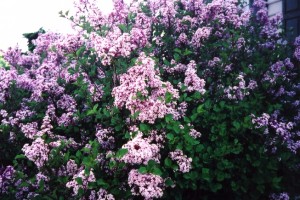
5. Cut Carefully. If you cut in the wrong spot or if you tear the stems of a plant you will undo all the good that pruning can provide. First, make sure you have well-sharpened pruners. The aim is to make a quick, clean cut and to never crush or tear a stem. Make your cuts as small and clean as possible in places where the plants defenses are strongest, always above a bud or leaf joint.
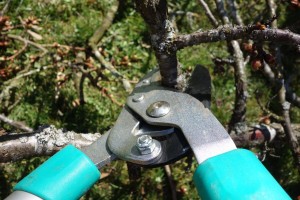
If carried out correctly at the appropriate time, pruning will give you healthier, better-looking shrubs which will reward you with many years of beautiful growth.

0